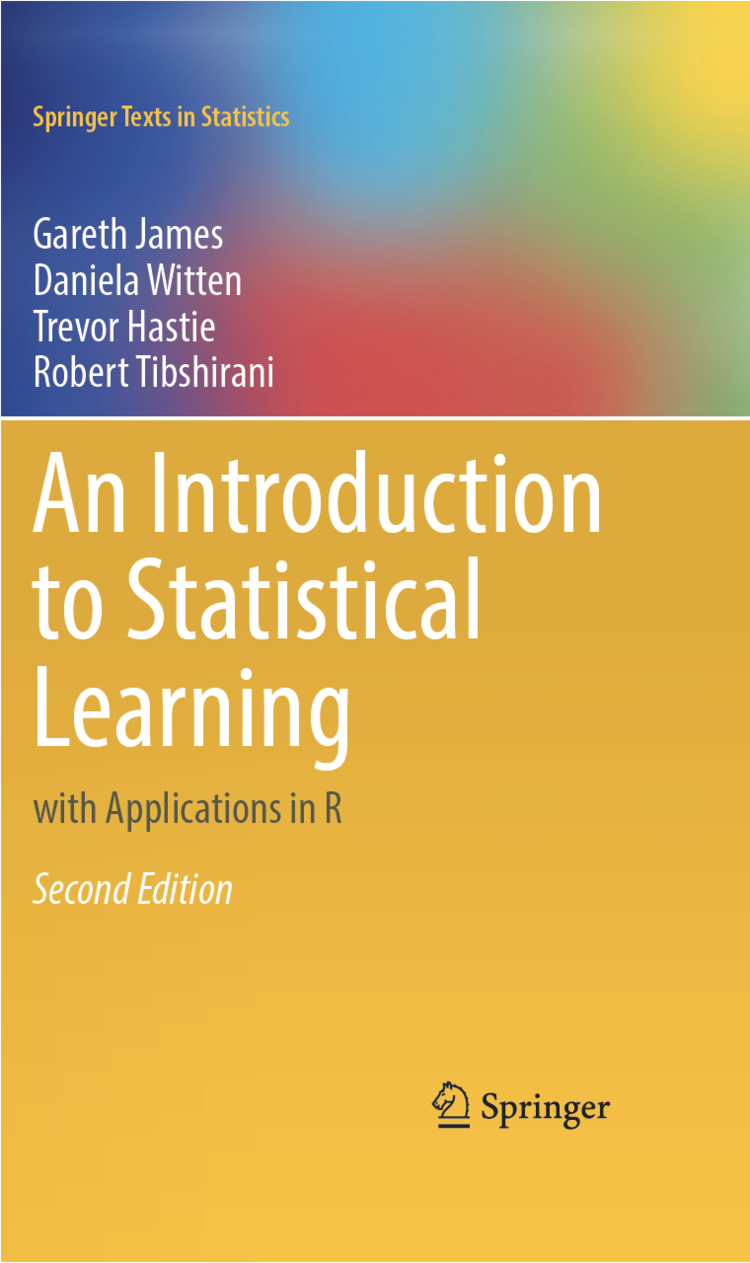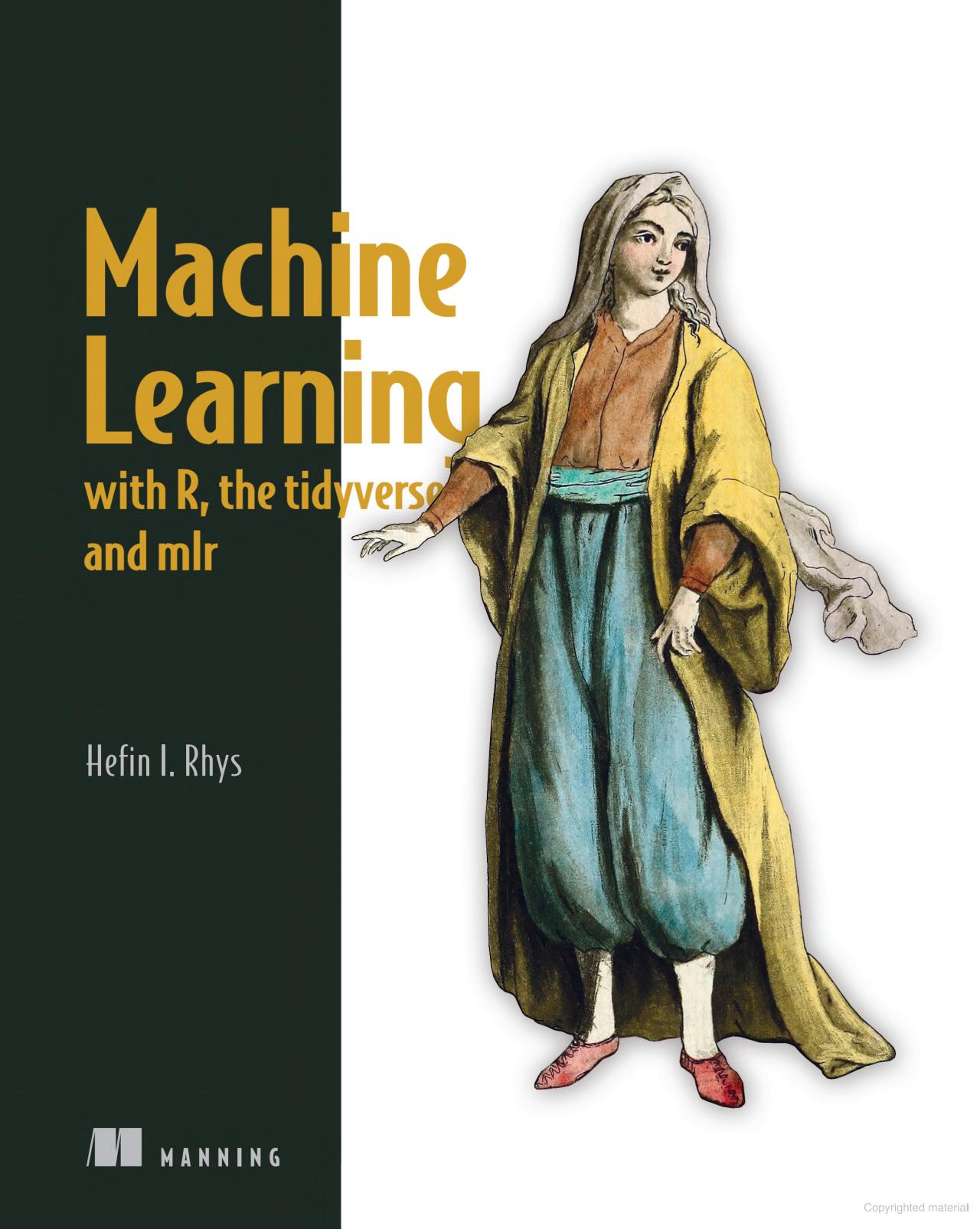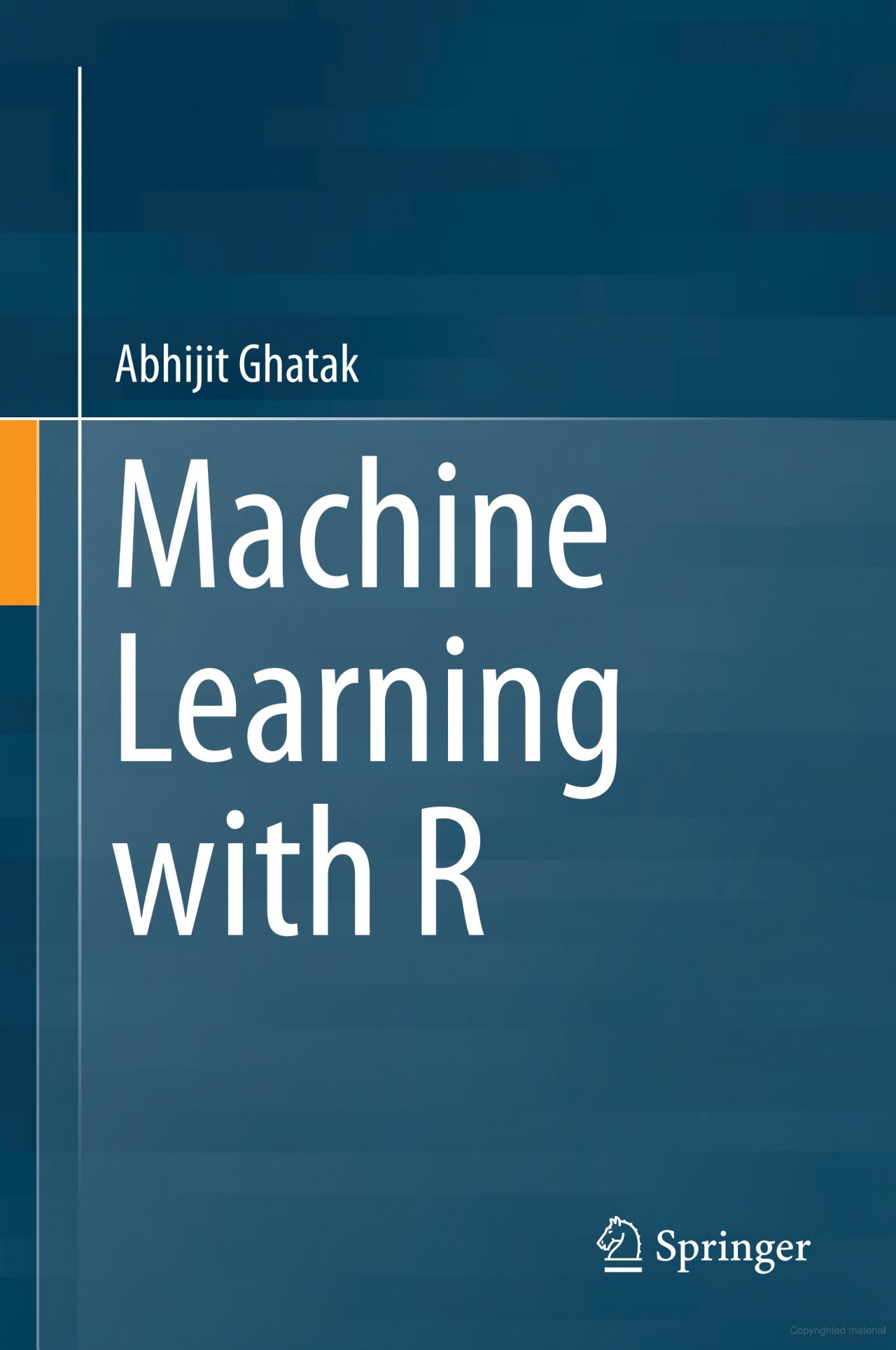Machine Learning Using R

Overview of Machine Learning
Machine Learning in a very simplistic way is an inductive approach that considers very large data sets and attempts to discover parents that provide insights about those data. One important characteristic of the machine-learning approach i.e., data scientists treat data and algorithms as a single entity. So, data scientists make a special effort to keep the data accurate and complete. So, for this purpose, the data scientist identifies many sources that allow to have accurate and complete data. Typically the types of decisions that machine learning allows to make are narrow in scope for example the decisions that machine learning can make will be yes or no decisions on and off kind of binary decisions. So in this sense, it is narrow in scope. Machine learning is particularly good at applying similarity scores to measure how well two entities match each other or how similar two entities are and there is a very good application of machine learning when that is used for face recognition, pattern recognition, image procession, etc.
Why R
Since there are so many programming languages available today, it’s sometimes hard to decide which one to choose. As a result, programmers often face the dilemma of too many good choices. It’s enough to stop people in their tracks, paralyzed with indecision! To combat this potential source of mental gridlock, we present an analysis of the R programming language.
As I’m an R-Programming enthusiast. According to me, doing R-programming to explain the core and theoretical mathematical concepts using interactive visuals and simulation. Here I’m going to suggest some of the names of books on ’Machine Learning With R’ that are often used or suggested by machine learning researchers.
Recommended Books for Machine Learning with R
An Introduction to Statistical Learning with Applications in R

As the scale and scope of data collection continue to increase across virtually all fields, statistical learning has become a critical toolkit for anyone who wishes to understand data. An Introduction to Statistical Learning with Application in R provides a broad and less technical treatment of key topics in statistical learning. This book is appropriate for anyone who wishes to use contemporary tools for data analysis.
The first edition of this book, with applications in R (ISLR), was released in 2013. A 2nd Edition of ISLR was published in 2021.
The chapters cover the following topics:
What is statistical learning?
Regression
Classification
Resampling methods
Linear model selection and regularization
Moving beyond linearity
Tree-based methods
Support vector machines
Deep learning
Survival analysis
Unsupervised learning
Multiple testing
An Introduction to Statistical Learning provides an accessible overview of the field of statistical learning, an essential toolset for making sense of the vast and complex data sets that have emerged in fields ranging from biology to finance to marketing to astrophysics in the past twenty years. This book presents some of the most important modeling and prediction techniques, along with relevant applications. Topics include linear regression, classification, resampling methods, shrinkage approaches, tree-based methods, support vector machines, clustering, and more. Color graphics and real-world examples are used to illustrate the methods presented. Since the goal of this textbook is to facilitate the use of these statistical learning techniques by practitioners in science, industry, and other fields, each chapter contains a tutorial on implementing the analyses and methods presented in R, an extremely popular open-source statistical software platform.

Hands-on Machine Learning with R provides a practical and applied approach to learning and developing intuition into today’s most popular machine learning methods. This book serves as a practitioner’s guide to the machine learning process and is meant to help the reader learn to apply the machine learning stack within R, which includes using various R packages such as glmnet, h2o, ranger, xgboost, keras, and others to effectively model and gain insight from their data. The book favors a hands-on approach, providing an intuitive understanding of machine learning concepts through concrete examples and just a little bit of theory.
Throughout this book, the reader will be exposed to the entire machine learning process including feature engineering, re-sampling, hyperparameter tuning, model evaluation, and interpretation. The reader will be exposed to powerful algorithms such as regularized regression, random forests, gradient boosting machines, deep learning, generalized low-rank models, and more By favoring a hands-on approach and using real word data, the reader will gain an intuitive understanding of the architectures and engines that drive these algorithms and packages, understand when and how to tune the various hyperparameters, and be able to interpret model results. By the end of this book, the reader should have a firm grasp of R’s machine learning stack and be able to implement a systematic approach for producing high-quality modeling results.
Machine Learning with R, the Tidyverse, and Mlr

Machine Learning with R, the tidyverse, and mlr teaches you widely used ML techniques and how to apply them to your own datasets using the R programming language and its powerful ecosystem of tools. This book will get you started in machine learning using R Studio and the awesome mlr machine learning package. This practical guide simplifies theory and avoids needlessly complicated statistics or math. All core ML techniques are clearly explained through graphics and easy-to-grasp examples. In each engaging chapter, you’ll put a new algorithm into action to solve a quirky predictive analysis problem, including Titanic survival odds, spam email filtering, and poisoned wine investigation.
Introduction to Machine Learning with R (Rigorous Mathematical Analysis)

Machine learning is an intimidating subject until you know the fundamentals. If you understand basic coding concepts, this introductory guide will help you gain a solid foundation in machine learning principles. Using the R programming language, you’ll first start to learn regression modeling and then move into more advanced topics such as neural networks and tree-based methods. Finally, you’ll delve into the frontier of machine learning, using the caret package in R. Once you develop a familiarity with topics such as the difference between regression and classification models, you’ll be able to solve an array of machine learning problems. Author Scott V. Burger provides several examples to help you build a working knowledge of machine learning. Explore machine learning models, algorithms, and data training understand machine learning algorithms for supervised and unsupervised cases Examine statistical concepts for designing data for use in models dive into linear regression models used in business and science Use single-layer and multilayer neural networks for calculating outcomes Look at how tree-based models work, including popular decision trees get a comprehensive view of the machine learning ecosystem in R Explore the powerhouse of tools available in R’s caret package.
Behavior Analysis with Machine Learning Using R

Behavior Analysis with Machine Learning Using Rintroduces machine learning and deep learning concepts and algorithms applied to a diverse set of behavior analysis problems. It focuses on the practical aspects of solving such problems based on data collected from sensors or stored in electronic records. The included examples demonstrate how to perform common data analysis tasks such as: data exploration, visualization, preprocessing, data representation, model training and evaluation. All of this, using the R programming language and real-life behavioral data. Even though the examples focus on behavior analysis tasks, the covered underlying concepts and methods can be applied in any other domain. No prior knowledge in machine learning is assumed. Basic experience with R and basic knowledge in statistics and high school-level mathematics are beneficial.
Machine Learning with R

This book helps readers understand the mathematics of machine learning, and apply them in different situations. It is divided into two basic parts, the first of which introduces readers to the theory of linear algebra, probability, and data distributions and it’s applications to machine learning. It also includes a detailed introduction to the concepts and constraints of machine learning and what is involved in designing a learning algorithm. This part helps readers understand the mathematical and statistical aspects of machine learning.
In turn, the second part discusses the algorithms used in supervised and unsupervised learning. It works out each learning algorithm mathematically and encodes it in R to produce customized learning applications. In the process, it touches upon the specifics of each algorithm and the science behind its formulation.
The book includes a wealth of worked-out examples along with R codes. It explains the code for each algorithm, and readers can modify the code to suit their own needs. The book will be of interest to all researchers who intend to use R for machine learning, and those who are interested in the practical aspects of implementing learning algorithms for data analysis. Further, it will be particularly useful and informative for anyone who has struggled to relate the concepts of mathematics and statistics to machine learning.

These are some of the essential books that I personally recommend for ‘Machine Learning’ practitioners who are implementing their machine-learning algorithms using R programming. One should definitely explore these two books An Introduction to Statistical Learning with Application in R, Hands-on Machine Learning with R. Most of machine learning researchers nowadays prefer R-programming because R is one of the major languages for data science. It provides excellent visualization features, which is essential to explore the data before submitting it to any automated learning, as well as assessing the results of the learning algorithm. Many R packages for machine learning are available off the shelf and many modern methods in statistical learning are implemented in R as part of their development.

For More Updates
Follow me on Linkedin.
You are most welcome in my community The Era of Chaos
You can join the group Probability Statistics Forums.